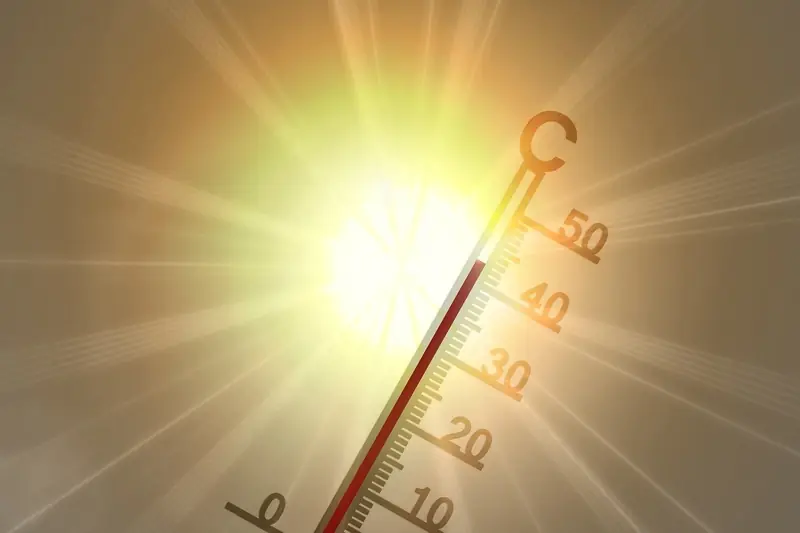
European countries have declared a state of emergency due to the threat of wildfires and health risks as an unprecedented heatwave sweeps across the continent.
Meanwhile, climatologists and meteorologists have warned that the heat in European nations will become even more unbearable, with periods of abnormally high temperatures in some areas extending for at least another month.
Heatwaves Will Become More Frequent and Last Longer
In much of southern Europe, temperatures have soared above 104°F (40°C), causing asphalt to soften in Italy and wildfires to spread in Greece.
However, scientists assert that this year’s extreme heat is just the beginning: climate change will ultimately lead to more frequent, longer-lasting, and even deadlier heatwaves.
Professor Richard Allan from the University of Reading in the UK told the Daily Mail, “The increase in greenhouse gas levels due to human activity makes it harder for the Earth to release excess heat into space, and a hotter atmosphere dries out soils more effectively; this means heatwaves are intensifying.” These heatwaves are classified by scientists as extreme.
Research has shown that if greenhouse gas emissions are not reduced, Europe could be 5.6°F (3.1°C) hotter than before the Industrial Revolution. Under this scenario, European cities may face monthly heatwaves where temperatures exceeding 104°F (40°C) become commonplace.
Experts warn that if humanity does not cut greenhouse gas emissions, extreme weather events will become more frequent and severe.
Over the past fifty years, summer temperatures in Western Europe have risen by an average of 4.7°F (2.6°C). This trend will continue unless humanity learns from the current climate crisis.
According to climatologists, a 5.4°F (3°C) increase in cities across Southern and Eastern Europe will result in an average of 10 additional days per year with temperatures above 95°F (35°C).
Researchers predict that cities vulnerable to heat, such as Madrid, will experience temperatures above 95°F (35°C) for about 77 days a year by 2100, unless humanity takes action to mitigate climate change.
James Dyke, a British Earth systems expert at the University of Exeter, noted, “If we don’t quickly stop burning fossil fuels, by the middle of this century, the heatwave currently exposing millions across Europe to exhausting heat and humidity will occur every two years.”
Dr. Dyke added that Europe faces “the prospect of mass mortality alongside the collapse of agricultural systems.”

The Human Body Can’t Endure This
An inevitable consequence of increasingly hot summers will be a rise in mortality rates. Extreme temperatures overload the human body. The respiratory system works harder to lower body temperature, putting strain on the heart, kidneys, and digestive organs, which can lead to serious complications.
Interestingly, researchers from the London School of Hygiene & Tropical Medicine and Imperial College London estimate that four days of extreme heat from June 19 to 22 this year alone resulted in the deaths of 570 people in England and Wales.
According to forecasts from the EU’s Joint Research Centre, a 5.4°F (3°C) increase in temperature could triple heat-related mortality in Europe.
The current extreme weather in Europe is caused by a so-called heat dome, which has created persistently clear conditions that allow heat to accumulate.
While heat domes are a common natural phenomenon, human-induced climate change has undoubtedly made them more threatening.
Frederike Otto, a leading climatologist at Imperial College London, stated, “We don’t need to investigate the causes to know that this heatwave is stronger than it would be without the ongoing burning of oil, coal, and gas.”
According to her, global warming is fundamentally changing the situation in Europe, making periods of extreme heat more frequent and intense.
